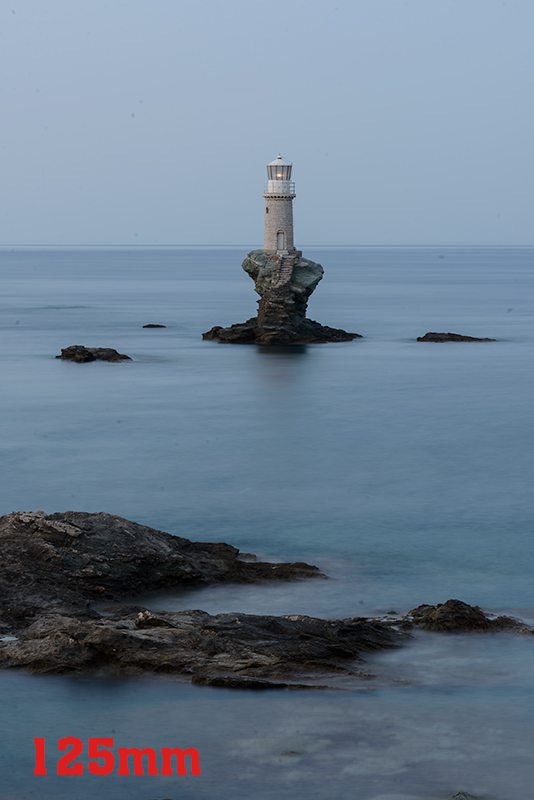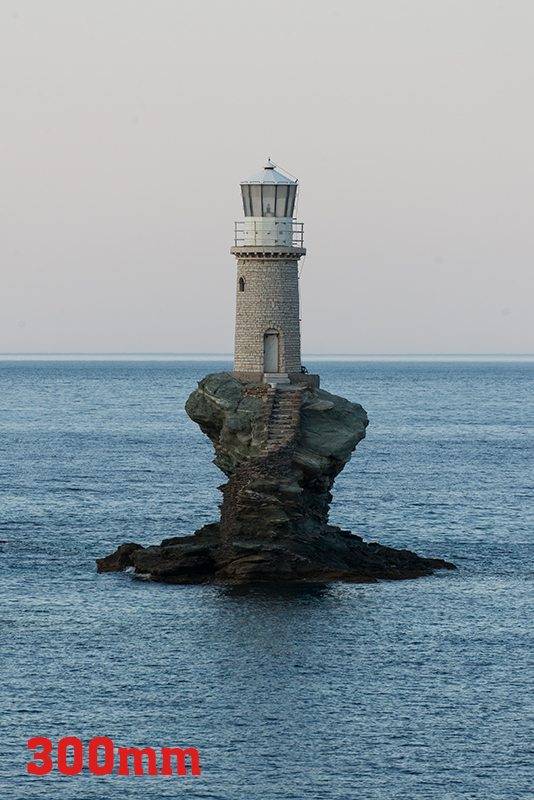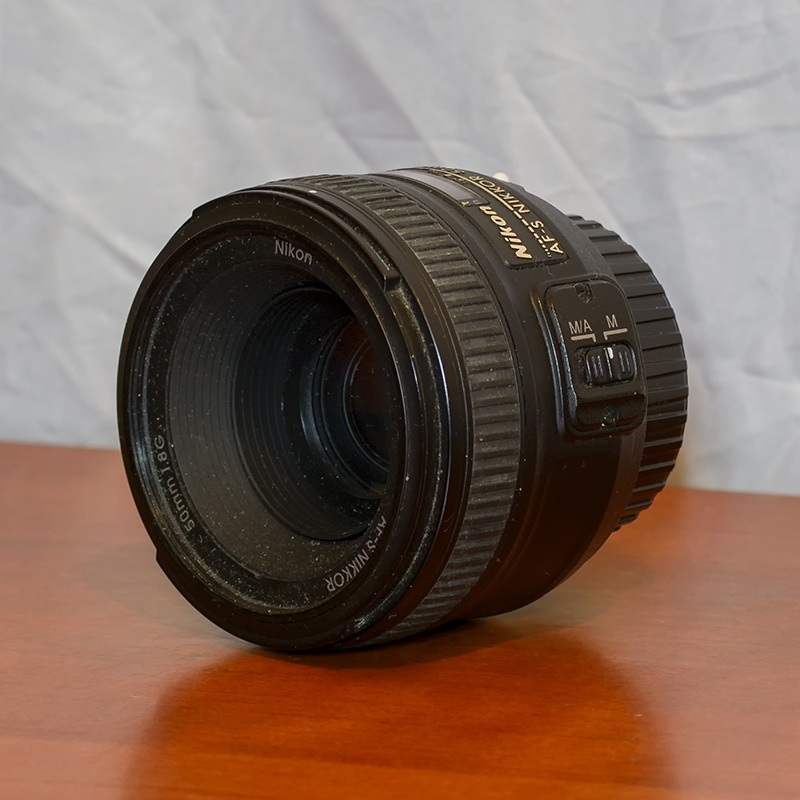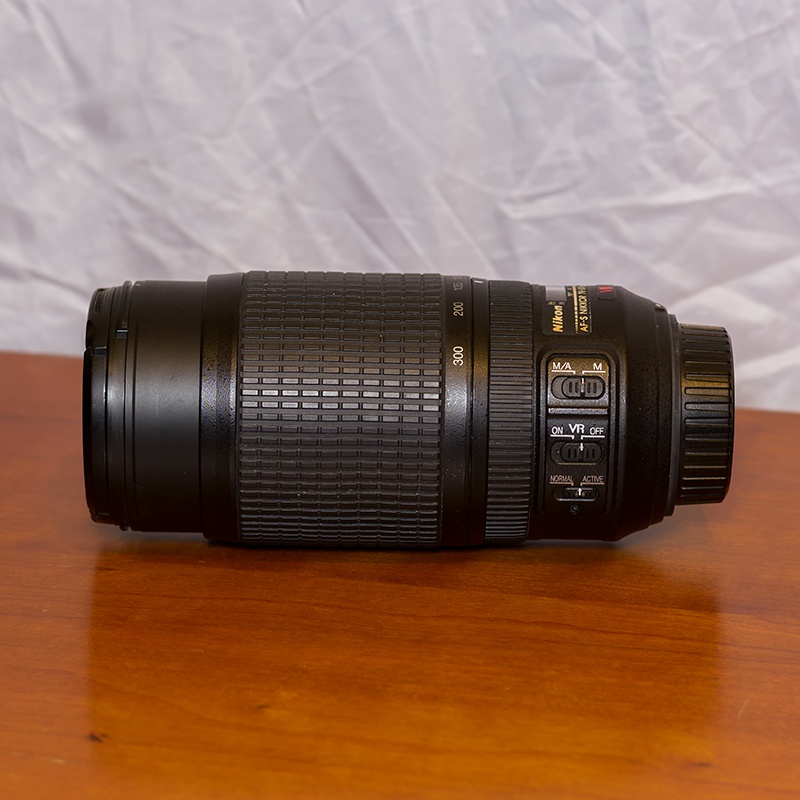Photography 101 – Everything You Wanted to Know!
Bill Peppas / 7 years ago
Lenses
Zoom
I’m starting with “Zoom” because it’s the most common mistake people make (and the manufacturers take advantage of). I’m pretty sure you’ve seen compact cameras and bridge cameras on the shelves with huge stickers saying “12x zoom!!!”, “20x zoom wow!!!”, etc.
Most people believe that the zoom spec means how far they will “zoom” (i.e. how closer they can “bring” the distant objects). This couldn’t be any further from the truth however! The zoom number is used to describe the ratio between the lens minimum focal range and maximum focal range. For example, let’s talk about two totally imaginary (when it comes to focal lengths) lenses: We have a 10-200mm lens (a lens that covers a focal length range from 10mm to 200mm), this one would’ve been advertised as a 20x zoom lens (it is).
On the other hand, we have a 50-300mm lens (a lens that covers a focal length range from 50mm to 300mm), this one would’ve been rated as a 6x zoom lens (it is). Most people would say that the 20x zoom lens (the 10-200mm) would “zoom” further and they’d purchase that lens/camera kit. However that is wrong, the 50-300mm lens (6x zoom) would “zoom” further, because its maximum focal length is 300mm while the other lens stops at 200mm. Lesson learned? If you are looking for a long reaching lens, you need the one with the higher focal length (bigger mm rating), don’t look at the “zoom” rating.
Focal Length
The lenses can have a static (invariable) or a variable focal length (a prime lens has an invariable, fixed focal length, while zoom lenses have a variable focal length). The focal length is measured in millimeters, ignoring the technical terms and non-relevant to a photographer physics behind the design and operation of a lens, I’ll cut to the chase and give you the explanation in layman’s terms, the bigger (longer) the focal length, the higher the magnification/reach of distant subjects you get. The smaller (shorter) the focal length, the less magnification you get and thus a wider view.




photos of the same subject from the same location shot at varying focal lengths
Types
Prime lens

a prime lens has no zoom ring, only a focus ring
Having the “zoom” marketing gimmick cleared, let’s introduce a… “zoom-less” lens to you. The “Prime” lens. A prime lens has no zoom, it is always on a fixed focal length. You can find a very wide array of prime lenses being sold out there, there are some “typical” (commonly used) focal lengths, such as 24mm, 35mm, 50mm, 85mm, 105mm, 200mm, 300mm, 400mm, 600mm. And some less common focal lengths such as 58mm, 52mm, 120mm, 125mm, 18mm, 20mm, 30mm, etc.
Prime lenses usually come with a set of advantages: They are sharper in general compared to their variable focal length siblings (zoom lenses) They feature a wider aperture (smaller f/number) which gives you a smoother bokeh (background blur) in case you are doing portraits/product shots and other photography styles that “require” a limited Depth of Field with plenty of attention payed to the subject/background separation & the bokeh.
Zoom lens

zoom lenses have two rings, a focus ring and a focal length ring
Unlike Prime lenses, a zoom lens is a flexible piece of machinery, it allows you to “zoom in” and “zoom out” as its focal length can be adjusted by rotating the “zoom” ring on its body. You can easily recognize the zoom lens from the double ratings on its label/name.
A very commonly used zoom lens is the 70-200mm, it’s a great lens for shooting portraits of people and wedding ceremonies. Every zoom lens has a focal length range marked on it, be it 70-200, 70-300, 150-600, 200-500, 200-400, etc. Prime lenses on the other hand come with a single focal length mark, e.g. the Zeiss Otus 85mm f/1.4 A “zoom” Otus lens would’ve been marked as Zeiss Otus 85-120mm f/1.4 for example (it’s an example, it doesn’t exist!).
Type (based on focal length)
Lenses are usually separated into categories judging by their focal length (which in effect controls their “Angle of View”).
Talking in 35mm (Full Frame) sensor numbers a lens can be described as:
Ultra-Wide angle lens
11mm to 23mm
These lenses will “clam” a whole lot of the scene into your frame, at 11mm you get a 126 degrees Angle of View.
Wide angle lens
24mm to 34mm
The wide angle lenses are still very wide, they are sufficient to capture a pretty wide scene (for example you can capture a full movie theater room)
Normal / Standard lens
A normal / standard lens is a lens which gives us a field of view similar to the human vision.
Some only consider the 50mm lens as a normal lens, while others consider the 36mm – 60mm range as “normal”.
Telephoto lens
70mm to 200mm
Their best use is portraiture, although they can be used for “human-friendly” or big in size wildlife photography.
Super Telephoto lens
300mm to infinity
300mm would’ve been the longest focal range I’d consider portrait photography oriented.
The Super Telephoto lenses are the choice of wildlife and outdoor sports photographers.
They have severely limited angle of view, they are good in isolating your subject.
Macro/Micro lens
Their focal length isn’t unique, they usually come at anything between 35mm and 200mm.
What separates the Macro/Micro lenses from the rest is the “Magnification ratio” (i.e. minimum focus distance).
At a minimum, a Macro lens will have a reproduction ratio of 1:1
What’s a reproduction ratio?
It’s the ratio of the real-life size of the object you are photographing and the real-estate it occupies on your camera’s sensor. Let’s assume that we are photographing a 2cm long cable with a 1:2 reproduction ratio the cable will “occupy” 1cm on your camera’s sensor with a 1:1 reproduction ratio, the cable will “occupy” 2cm on your camera’s sensor
Fisheye lens
The fisheye lens is a wider than the ultra-wide angle lenses, but they aren’t rectilinear, they have a rather extreme geometric distortion, similar as to how you’d see if you were a fish in the ocean.



















